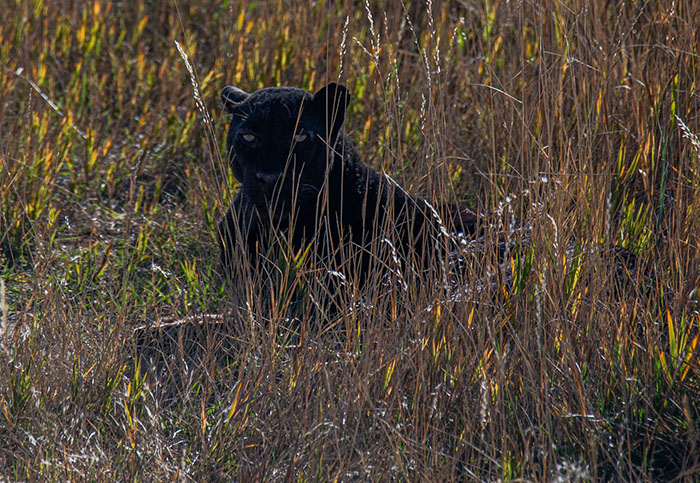Leopards, the enigmatic big cats, have captured the imagination of humankind for centuries. Their alluring beauty, unmatched grace, and untamed freedom make them one of the most captivating species on Earth. This article delves deep into the world of leopards, exploring their characteristics, habitats, behaviors, and conservation efforts. Join us on this journey of admiration for the pure beauty and freedom of the leopard – one of the largest wild cat species in the world.

Admire the Pure Beauty and Freedom of the Leopard

The leopard, scientifically known as Panthera pardus, is a magnificent wild cat species belonging to the Panthera genus. Renowned for its striking coat pattern of rosettes and spots, the leopard exudes elegance and power. Their muscular build and agility enable them to excel as expert climbers and swift runners.
Inhabiting various regions of Africa and parts of Asia, leopards display remarkable adaptability to diverse environments. From dense jungles and grasslands to mountainous terrains, they have carved their niche in a wide range of ecosystems.
Behold the Gorgeous Coat of Spots and Rosettes

One of the most distinctive features of leopards is their mesmerizing coat. The golden-yellow fur adorned with black rosettes creates a breathtaking spectacle. Each leopard’s coat is unique, much like a human fingerprint, allowing researchers and conservationists to identify individual leopards.
The pattern of spots and rosettes serves as camouflage in their natural habitats, granting them an advantage while hunting and avoiding potential predators. Their sleek appearance embodies both beauty and function.
The Art of Silent Stalking and Pouncing

Leopards are master hunters, employing stealth and precision in their approach. With their exceptional ability to blend into the surroundings, they stalk their prey quietly, making them almost imperceptible until it’s too late. Their keen senses and powerful limbs enable them to execute swift and accurate pounces, taking down prey with efficiency.
This combination of agility, strength, and intelligence makes leopards one of the most successful predators in the animal kingdom. Their diet is diverse, ranging from small rodents to larger ungulates, showcasing their adaptability as opportunistic feeders.
A Solitary Lifestyle

Leopards are primarily solitary creatures, preferring a life of solitude and self-reliance. They mark their territories using scent markings, warning other leopards to keep their distance. Males and females come together during mating seasons, after which they go their separate ways. Mothers raise their cubs with utmost dedication and care, teaching them essential hunting skills until they are ready to venture on their own.
The Threat of Habitat Loss and Conservation Efforts

Despite their extraordinary resilience, leopards face significant challenges, mainly due to habitat loss and human-wildlife conflicts. As human populations expand and encroach into natural habitats, the territory available for leopards diminishes.
Conservation efforts are crucial to preserving these magnificent creatures for future generations. Various organizations and wildlife reserves are dedicated to protecting leopard populations and promoting coexistence with local communities.






